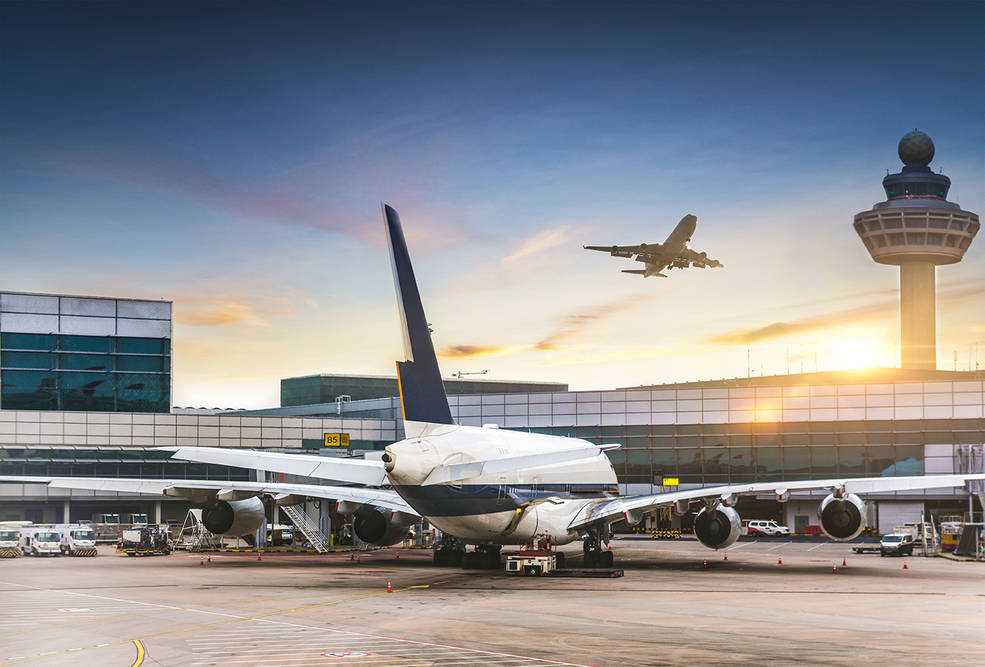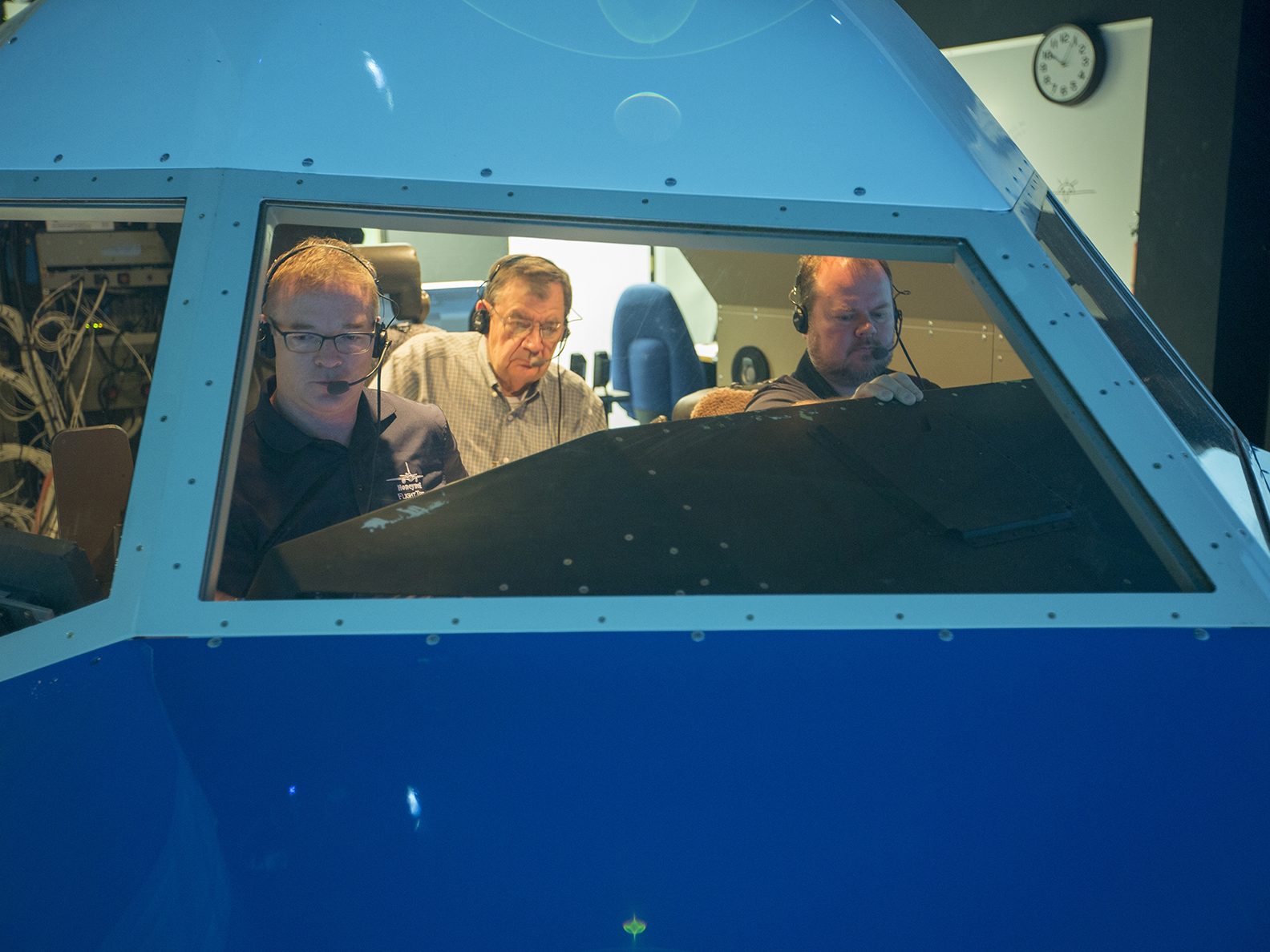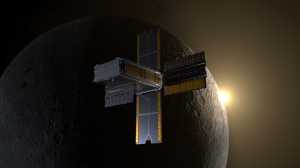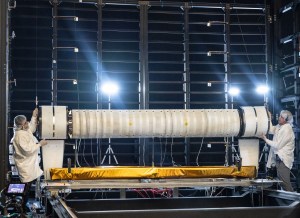For a team of NASA’s aeronautical innovators working with government and industry partners, the past five years or so were invested in developing and demonstrating new tools to help you fly from here to there in the most time-efficient, fuel-saving, and cost-effective manner possible.
As the Airspace Technology Demonstration (ATD) project wraps up their research and final report writing, the potential benefits to airports, airlines, and the flying public are clear.
For example: more than a million gallons of jet fuel were saved by airlines at one airport during a four-year period testing new computer software that greatly reduces surface congestion at busy airports.
“ATD’s mission was to get NASA technology out of the lab and into the field. These new tools and technologies have been embraced by the FAA and industry, and are being deployed at control facilities, operations centers, and flight decks across the country,” said Shawn Engelland, NASA’s ATD project manager.
“While that might not seem like a lot compared to the billions of gallons used in aviation, it is an almost immediately realized benefit that will grow as the many ATD technologies are used by more and more airlines at more and more airports,” Engelland said.
Public comments from some of NASA’s partners who directly benefit from the various components of the ATD research echoed the positive vibe.
“(This) is one of those instances in life when you ask for one thing and you get so much more in return,” said Rob Goldman, a Delta Airlines pilot.
ATD in Three
To accomplish its many and diverse goals, ATD was divided into three subprojects, each seeking to improve the efficiency of a particular stage of an airliner’s flight from departure gate to arrival gate.
ATD-1 focused on airport arrivals as aircraft descend from cruise towards landing. ATD-2 looked at airport surface taxiing and departures. ATD-3 examined weather avoidance in the cruise phase of a flight.
All three subprojects fully embraced involving government and industry partners in developing, testing, and demonstrating in flight the new tools and technologies – software and hardware.
When considered ready by NASA – and based on deliberate and continuous engagement with stakeholders – the knowledge and technology were given to the Federal Aviation Administration (FAA) and industry for them to further develop, customize, and decide on where and when to deploy to support their operations.
“At every step we kept our principal goals in mind. We wanted to make air traffic operations more predictable and efficient, and, in the process, help save time and fuel and reduce emissions,” Engelland said.
ATD-1
The first subproject, ATD-1, included two major technologies that, together, would make it easier for pilots to descend from their cruising altitude and land at a more predictable time.
The first technology looked at the descent from cruising altitude, seeking to change the way those maneuvers had been done for years. With GPS now available, ATD-1 proposed that the descent could be done more efficiently.
So, instead of coming down a few thousand feet at a time in a stair-step manner, the pilots would be able to make a continuous descent that began at their cruising altitude and ended with a runway touchdown.
Delivered to the FAA in 2014 as a single tool known as Terminal Sequencing and Spacing, it contained two NASA-developed technologies named Traffic Management Advisor with Terminal Metering, and Controller Managed Spacing.
ATD-1’s second technology – known as Flight Deck Interval Management – was completed in 2017 and turned over to the FAA and industry in 2018.
This tool enables traffic managers to safely increase the number of airplanes that can land on the same runway at busy airports by more precisely managing the time, or interval, between each aircraft arrival.
This is largely done by pilots using new cockpit-installed equipment that guides them on how to maintain a certain distance from an airplane ahead of them.
ATD-2
The ATD-2 subproject focused on airport departures.
The goal in this case was for an airliner to make the trip from gate to runway to cruising altitude without stopping – something that wastes fuel, disrupts schedules, and annoys passengers anxious to get on their way.
The solution was to develop and test a technology that coordinates schedules among those who manage the movement of aircraft from an airport gate to a spot in the sky after takeoff where the aircraft can safely join with the overhead traffic – like a car merging onto a freeway.
Developed as the Integrated Arrival/Departure Surface tool, demonstrating the software and procedures took place during two field demonstrations.
The first demonstration began in September 2017 and brought together surface and air traffic managers with the FAA and American Airlines at Charlotte-Douglas International Airport in North Carolina. The demonstration expanded its scope in 2018 with new capabilities and more airspace involved by including the FAA’s Air Route Traffic Control Center based in Atlanta.
It was at Charlotte that the ATD-2 subproject demonstrated immediate tangible benefits in the form of saved fuel, lowered emissions, and time saved. After four years, participating aircraft had racked up savings of more than one million gallons of fuel and nearly 250 days of engine run time, while preventing the release of carbon dioxide in an amount equivalent to the capture capability of more than 170,000 urban trees.
The second, shorter demonstration, which mostly took place during the summer of 2021, focused on coordinating air traffic departing two North Texas airports – Dallas/Ft. Worth International and nearby Dallas Love Field. Southwest Airlines and Envoy Air joined American Airlines as participants.
Testing and data collection ran from Nov. 22, 2020, to Sept.17, 2021, during which 84 aircraft met the conditions in which potential benefits could be measured. These 84 flights resulted in more than 7,000 gallons of jet fuel saved, 24 hours of delay time avoided, and reduced emissions equivalent to 1,110 urban trees.
Results of the tests over North Texas weren’t as impressive as the Charlotte demonstration because of the smaller sample size involved; however, reaction from the participating airlines was just as robust.
“The tremendous savings [ATD-2] achieved…even in a small trial time; we don’t want to let it go,” Kenneth Vogt, manager of flight dispatch technologies for Envoy Air, at a public workshop on ATD technologies. “The tool is phenomenal. It surpassed any expectations we might have had.”
Added Bob Shirley, air traffic control coordinator for American Airlines: “There is no doubt that the numbers were overwhelming. I would never have predicted we would save that much.”
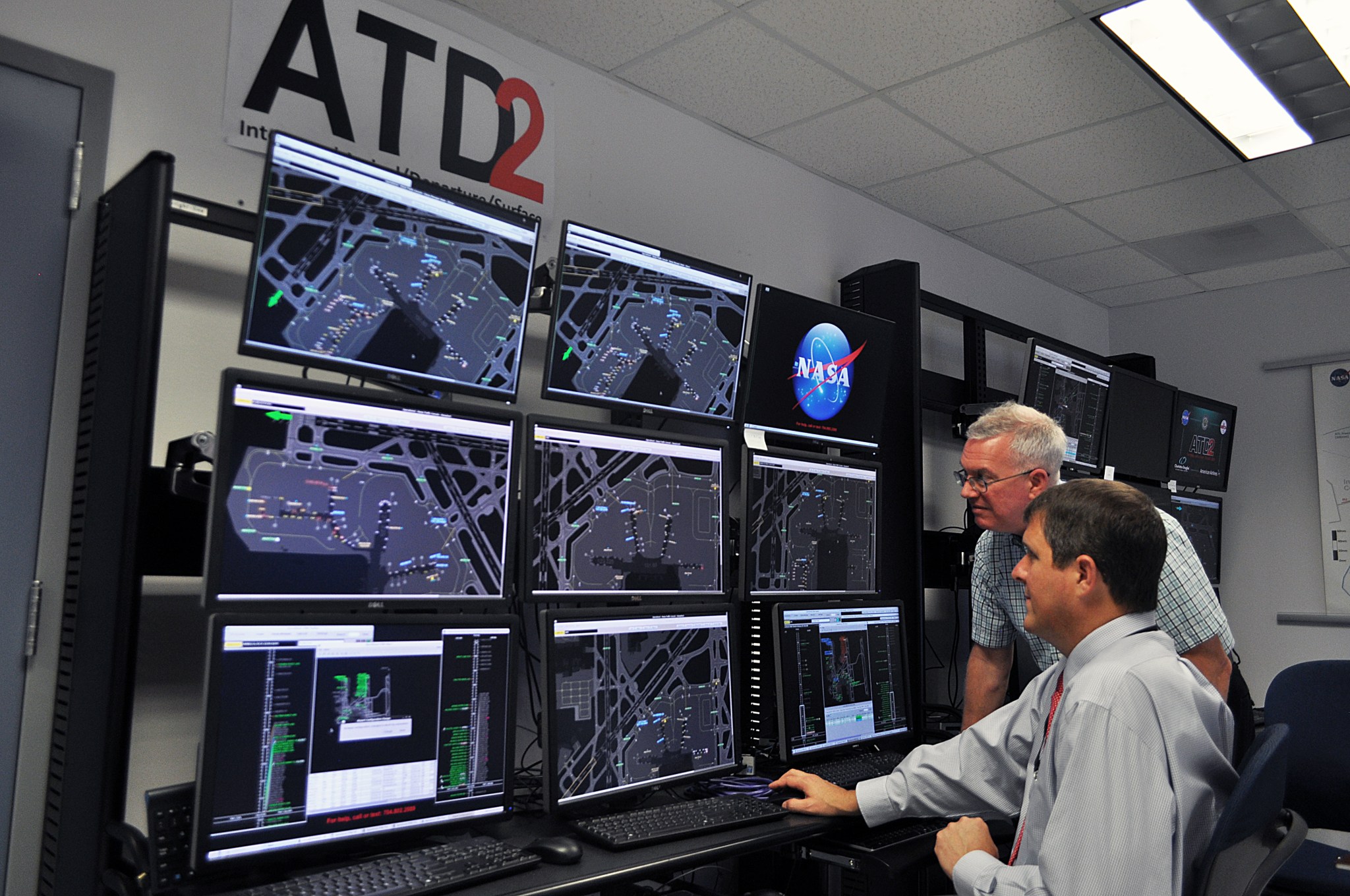
ATD-3
ATD-3 focused on providing pilots, aircraft dispatchers and traffic managers with information and tools that allow them to make efficient course corrections for a flight already in the air when bad weather or congested airspace suddenly appears ahead.
These new flight paths are based on combing data sources and communicating solutions based on inputs such as current weather, winds, the presence of other air traffic, nearness to restricted airspace, and status of the airplane itself – namely its capabilities and fuel remaining.
ATD-3 demonstrated NASA-developed technologies intended for use by airlines, which included a ground-based component (NAS Constraint Evaluation and Notification Tool), and a cockpit-based component (Traffic Aware Planner),
Following early tests of the ground-based component with American Airlines, NASA and Alaska Airlines conducted flight tests of these ATD-3 tools beginning in 2018. Immediately, savings in flight time and fuel costs were realized, leading to rapid transition of the technology to the FAA and industry for their continued evaluation and decision to integrate and deploy.
Tools for air traffic controllers were also developed and demonstrated during ATD-3. The Multi-Flight Common Route tool and the Dynamic Routes for Arrivals in Weather tool were handed off to the FAA where they are being considered for future implementation.
ATD Sets Path for Sustainable ATM
As the ATD project completes its final work, NASA’s contributions to improving air traffic management (ATM) for every aircraft flying at any altitude continues with the Air Traffic Management – eXploration project, or ATM-X.
ATM-X is exploring what the national airspace might look like by mid-century – one that safely accommodates delivery drones, urban air taxis, electric-propelled aircraft, and commercial supersonic airliners flying over land. At the same time, the project’s researchers are developing for more immediate use the tools and technologies to help make that vision a reality.
“There’s still so much more that can be done, and will need to be done, as demand for safe, sustainable air travel grows and the skies get busier than ever, not only here in the U.S., but around the world,” Engelland said.



























